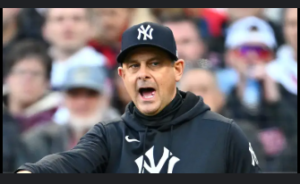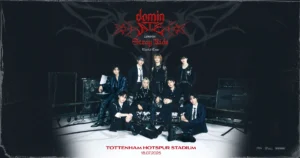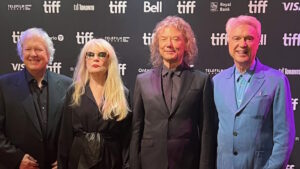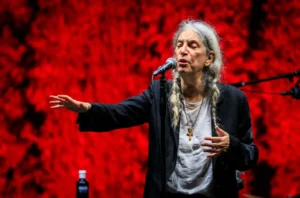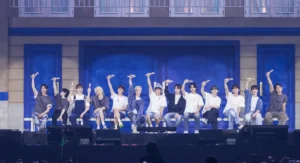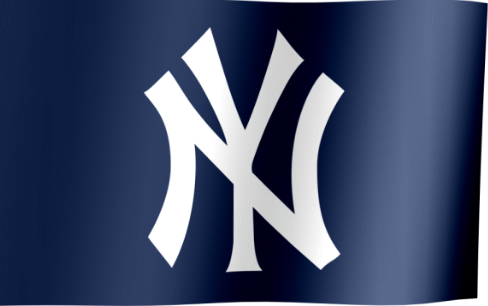
The New York Yankees were obviously more interested in keeping Trent Grisham around than we initially believed, and the team’s fourth outfielder also had a strong desire to stay.
As a condition of acquiring Juan Soto last offseason, the Yankees acquired Grisham; New York agreed to add him to the trade to bolster their bench and ease the Padres’ financial burden. His high 2024 salary of $5.5 million was easily absorbed by the Yankees, but it would have caused dismay as the Padres’ budget shrunk.
In the end, Grisham didn’t contribute much in his debut season in pinstripes. Even while he shown some sparks (the home run against the Dodgers during a game where the entire crowd shouted for Juan Soto to replace him stands out), his output was insufficient, and he ended up with nine home runs, a.190 average, and plenty of criticism for his careless defensive play. He did not play in any postseason games, therefore he was completely absent when October baseball time arrived.
With so much on the line this winter, it seemed reasonable to assume that the Yankees would non-tender Grisham rather than pay the $5.7 million salary that MLB Trade Rumors predicted he would earn the following season.
That was not the case, somehow. For the 2024 season, the two parties agreed on a wage drop to $5 million, which is a modest downgrade but not as drastic as we had anticipated in order to retain him at home.
Trent Grisham and the Yankees agree on a 2025 pay increase.
Prior to Jasson Dominguez’s promotion, Grisham, a glove-first option with significant pop, most likely ought to have (ducks) been given more playing time in Alex Verdugo’s place. But by the end of the season, it was too late, and Grisham hung in the background as Verdugo had a rather clutch October.
Despite the season’s extreme silliness, who could overlook Kenley Jansen’s two-out RBI double that tied the Yankees’ most thrilling victory at Fenway Park?
The Yankees went above and beyond to retain Grisham for 2025, indicating that they obviously didn’t. It seemed like a simple decision. Our prediction was incorrect.
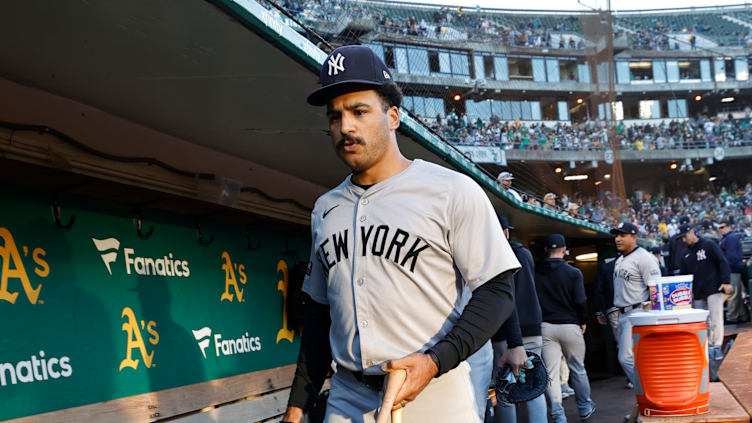
In an unexpected move, the Yankees’ non-tender, dependable infielder will save a small amount of money.
It appeared that the New York Yankees could be willing to shoulder some financial obligations beyond the non-tender deadline when they decided to keep Trent Grisham’s somewhat large salary and restructure his contract into merely a slight pay cut. That was a… incorrect assumption.
Jon Berti, a valuable utility player and playoff starting first baseman (really), was reportedly not tendered when they declared their intention to make cost reductions later in the evening.
After being acquired just before the 2024 season’s Opening Day, Berti failed to establish himself as a resilient player off the bench due to a serious calf strain that held him out from late May to early September.
However, he performed his duty flawlessly in the early postseason, playing a slick first base and going 2-for-7 in the ALDS victory over the Royals, largely due to Anthony Rizzo’s guidance.
However, considering their middle infield bench depth of Oswald Peraza, Oswaldo Cabrera, and Gleyber Torres, the Yankees ultimately determined that carrying Berti—whose season ended before the World Series due to a hip flexor issue—wasn’t worth it at his estimated cost.
That was an estimated $3.8 million. Too wealthy for their blood type.
Before Friday’s deadline, Yankees news: Jon Berti, a non-tender utility player
The left-hander Tim Mayza, who was selected for the October three playoff rounds, was also released.
There is, of course, the opposite side of that “infield depth” debate. It’s likely that Gleyber Torres is going to pursue better opportunities. Even though it was always more likely to go to an import (or Durbin?) than Berti, the starting second base position is still vacant.
However, there isn’t really a clear leader on the Yankees’ depth chart at the position, and Berti can also play third and, surprisingly, first.
There is still a lot of offseason left, but what else are the Yankees unwilling to spend money on if they didn’t think it was worth it to pay a strong veteran presence $3.8 million to stop the trend? It goes without saying that the Mayza transfer will also save about $4 million.
if not startling, it’s nevertheless important to note that this is an interesting cost to cut, even if we know it’s a lot of ink spilled on a 34-year-old who depends on his speed.

